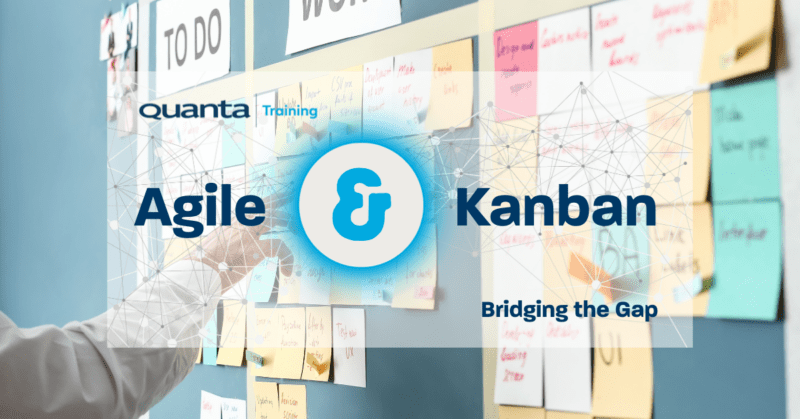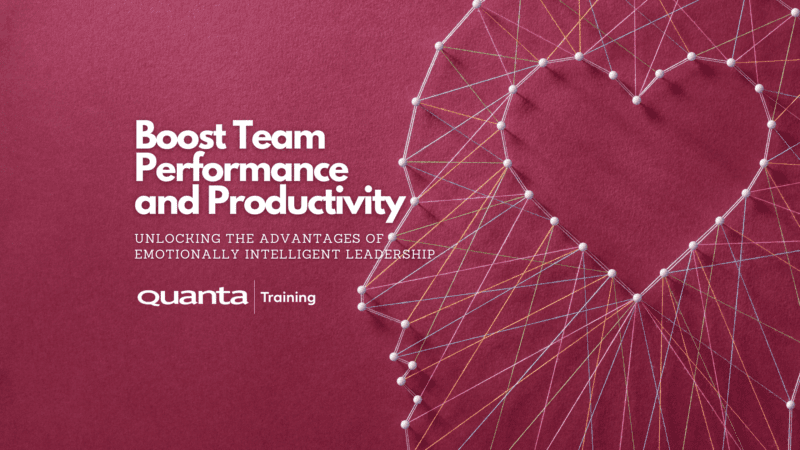Python for Data Analysis
Course Code: DA3PYT


Python is one of the top programming languages in the world and continues to grow
One of the biggest changes in science in recent years has been the availability of huge amounts of data (“Big Data”, the “Data Deluge” etc). Scientists are now using computers to discover relationships that are too complex for us humans to spot. We’re discovering new ways of using Machine Learning to mine often unstructured data in order to find anomalies, patterns and correlations within large datasets in order to predict outcomes.
It turns out that Python was in the right place at the right time. From it’s humble beginnings, Python has become probably the most popular language to help us reap Business Intelligence from our data.
This 3-day introduction course will get you started by understanding the basics.
Book a Private Event
If you require the content of this event tailored or have around 7 or more people to train it maybe better for you to host a Private Event, please get in touch to discuss this.
Get in touchDescription
Who is this course for
Anyone wishing to learn more about using Python for Data Analysis. A background in programming will be helpful but by no means essential.
Purpose of the course
This course gives you a hands-on 3 days with the Python language, giving you the essentials and confidence that you need to start using the Python language in a production environment.
You will learn how to
- Understand the fundamental features of the Python programming language
- Explore different popular IDEs, and understand their strengths and weaknesses
- Compare and contrast the major Python Package Installers, pip and Conda
- Understand and use Python Virtual Environments
- Use IPython and the JupyterLab environment to easily get started on the path to Data Analysis
- Use the built-in Python Data Structures that help with Data Analysis, namely Lists, Tuples, Dictionaries and Sets
- Use the key data structures from the NumPy and pandas libraries, namely the ndarray, Series and DataFrames
- Use the key features from the Matplotlib and Seaborn libraries to help visualise your data.
Prerequisites
None. Although a programming background will be helpful.Benefits for you as an individual
With the advancement of technologies such as artificial intelligence, machine learning, and predictive analytics, the demand for experts with Python skills is rising significantly. As well as being popular for Data Science, Python is also widely used in web development, scientific computing, game development and a host of other application areas. In the 2019 TIOBE index, Python comes in as the 3rd most popular language , ahead of C++, C# and JavaScript. In the Stack Overflow Developer Survey for 2019, Python sits comfortably in first place as the most wanted programming language. Python also ranks second in the "most loved" category. The survey also states that Python is the fastest-growing major programming language today.
Benefits for your organisation
Organisations are using Data Mining techniques to gain new insights to help, for example, increase revenues, cut costs, improve customer relationships and reduce risks..
Introduction to Phython
- Data Science
- Introduction to Python
- Python IDEs
- Turtle Graphics
Python Environments
- A Brief History of Python Package Installation
- Python Environments
- Alternatives to pip
- Anaconda
IPython and Jupyter
- Python for Data Analysis
- IPython and Jupyter
- REPLs
- The Python Interpreter
- IPython
- IPython Notebook
- The Jupyter Project
- JupyterLab
- Are Scientific Papers Dead?
- An Example Analysis
Python Data Structures
- Strings, Lists, Tuples, Dictionaries and Sets
- Strings
- Lists
- Tuples
- Tuples vs Lists
- Dictionaries
- Sets
- List, Set and Dict Comprehensions
NumPy
- NumPy Overview
- Importing NumPy
- The ndarray
Pandas
- Overview of pandas
- Series
- DataFrames
Data Visualisation
- Data Visualisation Overview
- Series
- DataFrames
Get Started
Forget trawling through endless course catalogues – Find the training that’s right for you
Learn MoreLatest from our blog
Kanban and Agile: Bridging the Gap
Kanban and Agile: Bridging the Gap Quanta’s Kanban University Certified Trainer Steve Church explores the way in which Agile and…
Read More
How a Ballerina could move into Cybersecurity
Jason Ford, Quanta Cybersecurity and IT Trainer talks about the limitations in Cybersecurity Training courses. Jason discusses a safe and…
Read More
Boost Team Performance and Productivity: Unlocking the Advantages of Emotionally Intelligent Leadership
Quanta People Development and Leadership Trainer, Giles Collins outlines the key elements of Emotionally Intelligent Leadership and how it impacts…
Read More



